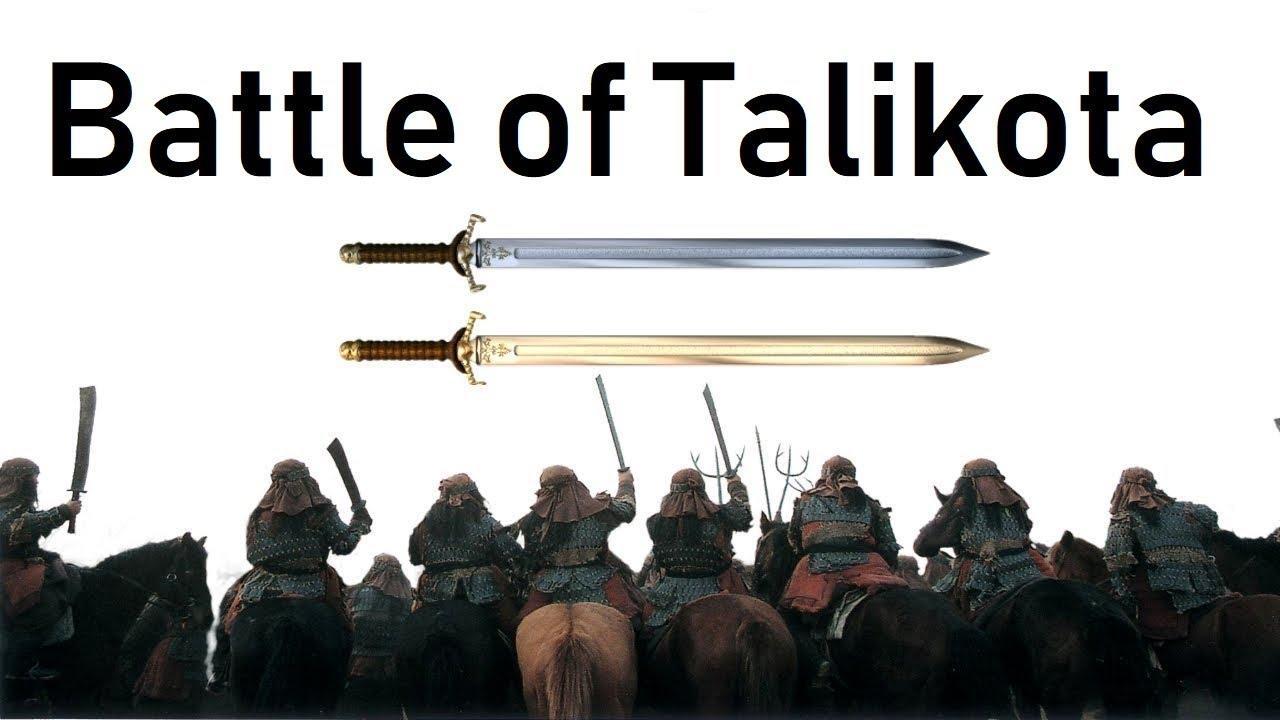Table of Contents
VIJAYANAGARA EMPIRE
- The Vijayanagara Empire was established in 1336 C.E. during a turbulent period in India’s history, and eventually grew to encompass all of South India.
- It was established in 1336 by Harihara I and his brother Bukka Raya I of Sangama Dynasty.Other three were Saluva,Tuluva and Aravidu.
- The empire rose to prominence as a culmination of attempts by the southern powers to ward off Islamic invasions by the end of the 13th century.
- It lasted until 1646, although its power declined after a major military defeat in 1565 by the combined armies of the Deccan sultanates.
DECCAN SULTANATE
- In 1518, the Bahmani Sultanate collapsed and split into five states: Nizamshahi of Ahmednagar, Qutubshahi of Golconda (Hydrabad), Baridshahi of Bidar, Imadshahi of Berar, Adilshahi of Bijapur. They are collectively known as the “Deccan Sultanates”.
- The Deccan sultanates were located on the Deccan Plateau, between the Krishna River and the Vindhya Range. These kingdoms became independent during the break-up of the Bahmani Sultanate.
- In 1490, Ahmadnagar declared independence, followed by Bijapur and Berar in the same year. Golkonda became independent in 1518 and Bidar in 1528.
DECCAN SULTANATE
- The five sultanates were of diverse origin; Ahmadnagar Sultanate and Berar Sultanate were of Hindu lineage, Bidar Sultanate were of former Turkic slave,Bijapur Sultanate were of former GeorgiaOghuz Turkic slave, and Golconda Sultanate were of Turkmen origin.
- Although generally rivals, they did ally against the Vijayanagara Empire in 1565, permanently weakening Vijayanagar in the Battle of Talikota.
- The sultanates were later conquered by the Mughal Empire; Berar was stripped from Ahmadnagar in 1596, Ahmadnagar was completely taken between 1616 and 1636, and Golkonda and Bijapur conquered by Aurangzeb’s 1686-87 campaign
BACKGROUND
- After Krishnadevaraya’s death in 1529, his younger brother Achyuta Raya succeeded him. Though his reign wasn’t as glorious as it was under Krishnadevaraya, the Empire didn’t face any threat from the Deccan Sultanates.
- Achyuta Raya was succeeded by Venkata Raya, who was soon killed. Sadasiva Raya succeeded Venkata Raya in 1542. However, the real power was in the hands of his minister Rama Raya, who restored the glory of the empire, which had diminished after Krishnadevaraya.
- Rama Raya’s strategy was to play the Deccan Sultanates against each other by first allying with one and then another. However, in 1563, the Deccan Sultanates decided that enough was enough. They couldn’t be fooled by Rama Raya’s schemes anymore.
BATTLE
- On 23 Jan 1565, the armies clashed on the plains near the villages of Rakshasi and Tangadi. , the Vijayanagara infantry under Venkatadri ploughed through the divisions of Barid Shah annihilating them. The assault was so vigorous that it looked like a Vijayanagara victory was imminent.
- However, there is a twist in the tale. The Sultans had made a deal with the Muslim generals i.e. the Gilani Brothers of the Vijayanagara Empire. At this point the Sultans signaled to the Gilani Brothers to launch a subversive attack.
BATTLE
- About 140,000 Sultanate troops had opened a vigorous rear attack on the Vijayanagara army. The battle seems to have been decided by the Deccan Sultanate`s artillery and the capture and execution of the ruling minister Rama Raya.
- The betrayal by two Muslim commanders (Gilani Brothers) of Vijayanagara Army at a key point in the battle was the chief cause of the defeat.
- Rama Raya was taken prisoner and was produced before Adil shah. Rama Raya was soon beheaded and his head was exhibited to the troops.
AFTERMATH
- The people at the capital city Hampi received the news that Rama Raya was killed and that the army had lost the war. But they would not believe the news because they had never seen such a scenario nor heard the news of Vijayanagar being defeated in war for the past 200 years.
- The Sultanate troops waited and rested outside the capital for three days. During those three days there was the scenario of theft and robbery in the city.
- After three days, Sultanate troops entered the city. There was no one to stop them. They looted, plundered and destroyed the city. Men, women and children were killed. Shops, temples and houses were burnt and the Hindu temples were destroyed.
AFTERMATH
- The looting of Hampi by the victorious army of the Sultanates is supposed to have gone on for six months, after which the Sultans set fire to the city.
- Later, the Vijayanagara empire shifted capitals to Chandragiri and eventually to Vellore during which time the other feudatories, the Kingdom of Mysore, Nayakas of Keladi in Shimoga and Nayakas of Vellore also became independent.






















 WhatsApp
WhatsApp